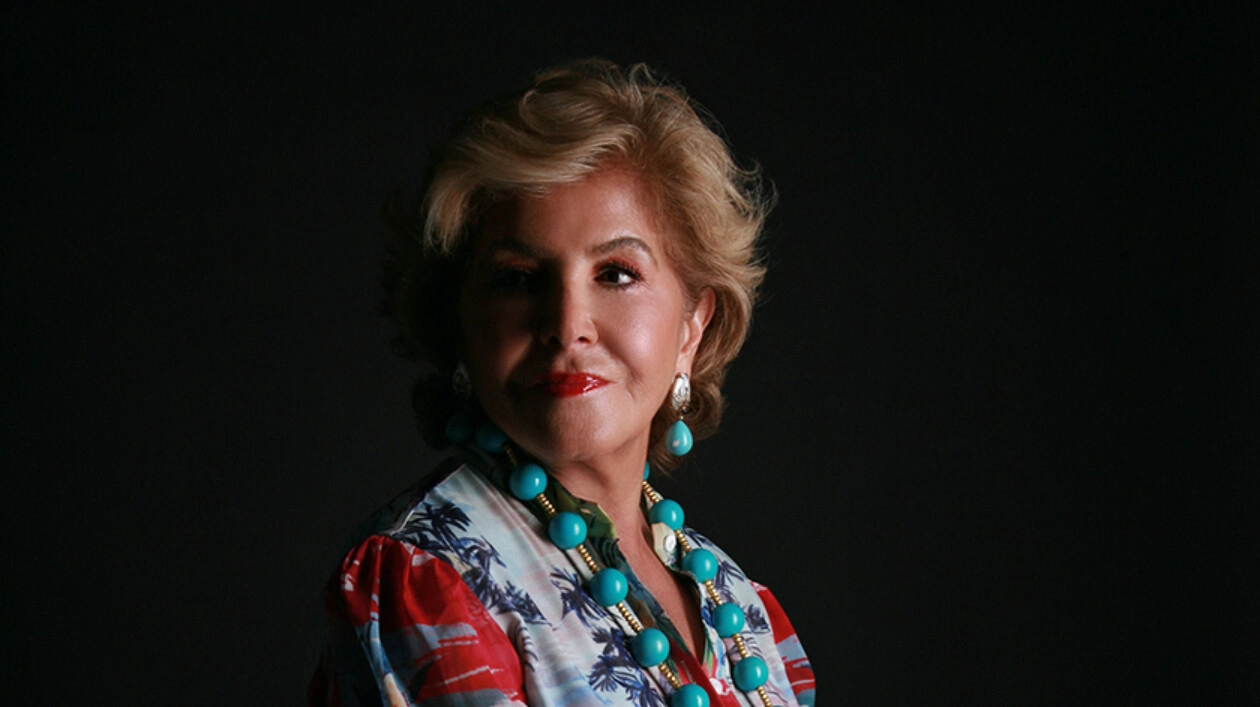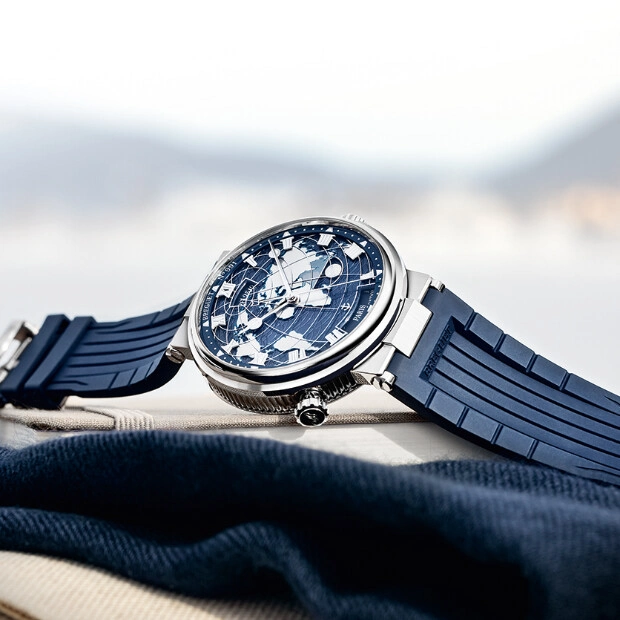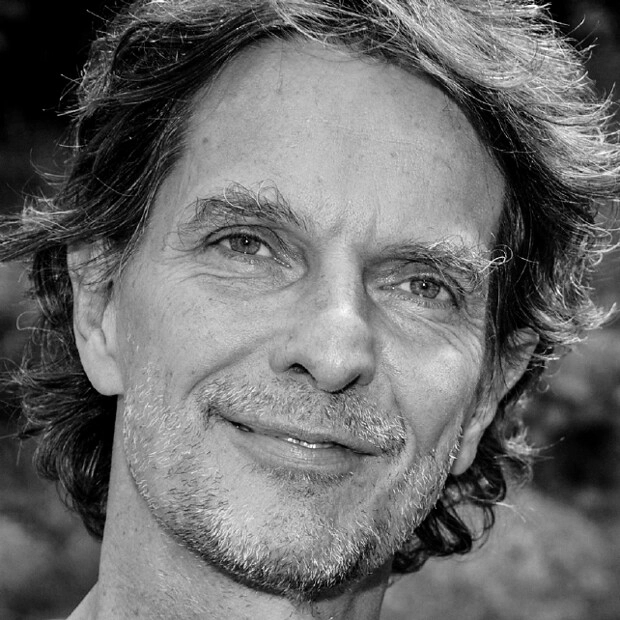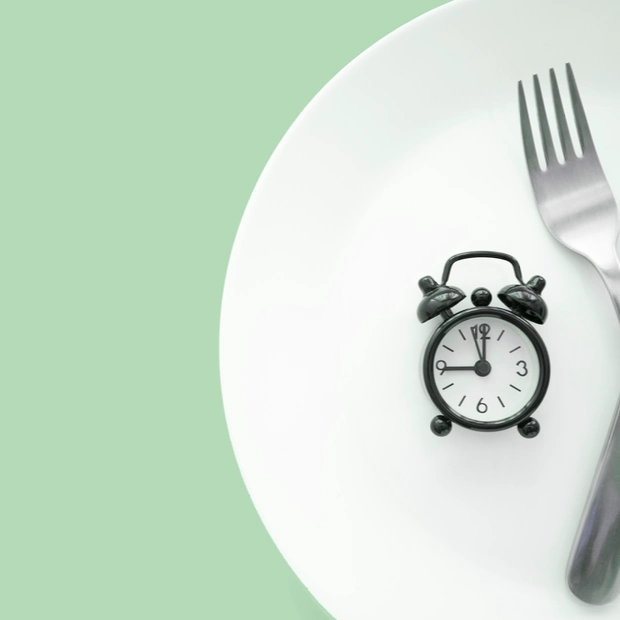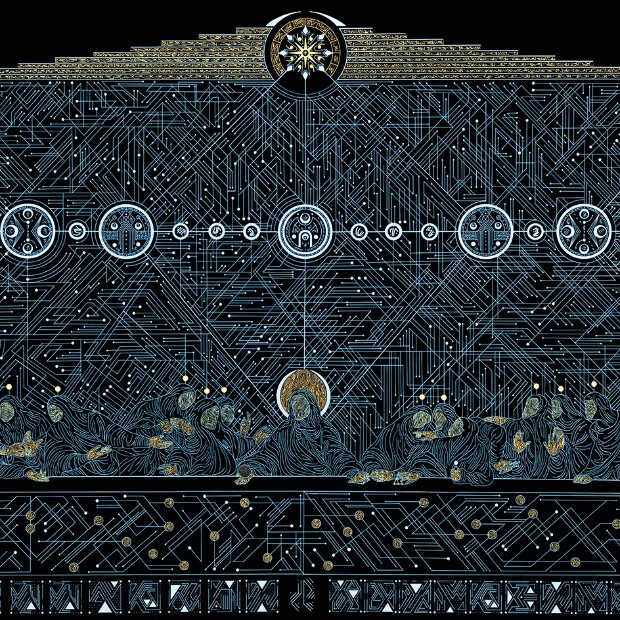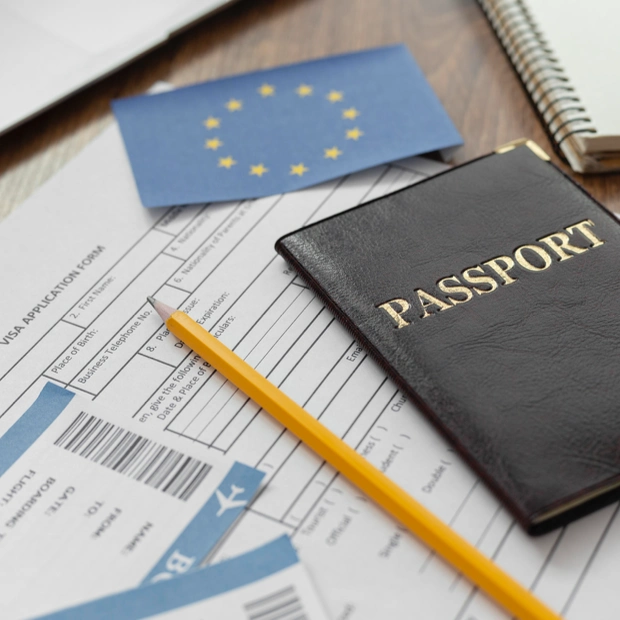Leila Heller has long been one of the most influential New York gallerists and art dealers — an amazing achievement for a woman playing on a male-dominated territory. Stepping ahead of the times, she started promoting artists from the Middle East, Arabian countries, Central and South-East Asia, Iran, Bahrain, Turkey, India, Pakistan, Lebanon, and Iraq. In her exclusive interview with Lara Palmer, Leila Heller unveils the secrets of making Middle-Eastern art a global phenomenon and tells her inspirational family story.
Lara Palmer: First and foremost, how did this big journey of yours begin?
Leila Heller: I was studying Economics at Brown University when a friend suggested I take a course on Impressionism, taught by the amazing Professor Kermit S. Champa. Having signed up for it, I just fell in love with the course content and decided to pursue my love of art and art history. In the long term, I knew I didn’t want to be sitting all day in a bank or a financial office — I wanted to be with the arts.
That’s how my journey in the art world began. Besides studying art history, I also enrolled in painting classes, both at Brown and RISD. Then, I received a Master’s Degree from Sotheby’s Institute in London and a second Master’s Degree in Art History and Museum Management from The George Washington University.
L.P.: What or who is your major source of inspiration in your life?
L.H.: The person who inspired me the most in my life was my mother. She was a very strong woman and a game changer in the times when women were not allowed to venture outside their comfort zone.
My grandmother had taken my mother to ballet, and Bombay, would send tea leaves to my grandpiano, and singing classes, without my grandfather knowing about it. Later, my mother gave me opportunities she herself had never had. She wanted me to see the world, study and do whatever I wanted. She encouraged me to explore so many areas — literature, history, art, and music. My parents played classical, Latin American, and Persian music. So, I grew up with all that musical diversity around me. At the age of 18, I left home and went to America. There, I would go to hear operas and see plays since it was natural for me. The way my mother brought me up really empowered me as a woman. When I complained that something was too hard, she would always say, ‘You can do it!’ She believed in me and encouraged me by giving many opportunities to explore.
L.P.: You’ve mentioned you have some Uzbek blood, running in your veins, just like me. Could you talk a bit more about your childhood?
L.H.: My father was born in Uzbekistan, which, back then, was part of the Russian Empire. My grandfather and his two brothers were involved in the tea business. His brothers, based in Shanghai and Bombay, would send tea leaves to my grandpiano, and singing classes, without my grandfather father’s Samarkand tea packaging factory, the biggest in Russia at the time. Soon after the 1917 Russian Revolution, the Bolsheviks were after my grandfather to arrest him since he had a very prosperous business and a prominent home. He man- aged to flee to Shanghai while my grandmother with my father and his five siblings went into hiding from house to house for ten years, waiting for him to come back and take them to Shanghai. Unfortunately, on his way back, Grandfather had a heart attack in Kandahar and never made it to Samarkand. Eventually, the family relocated to Iran to join a few cousins who had moved there right after the Revolution.
My father went to Cornell and UCLA in America and subsequently moved to New York City where he stayed until his early 30s. With his brother, based in Iran, he started a business — cotton and jute trading. When he was 32, his sisters complained they hadn’t seen him for 14 years and insisted on his visiting them. Once he arrived home, they introduced him to my mother, whose father would not let her move to America. So, to marry her Father had to come back to Iran.
My mother’s family came from Azerbaijan where they had had their own army to protect the borders with Turkey and Russia. Mom spoke Farsi and Turkish while Dad spoke Russian and Turkish. So, at home they communicated mostly in Turkish.
After Brown, I moved to London for a year to do my Master’s at Sotheby’s Institute. When Iran launched the Museum of Contemporary Art, I thought it was an amazing development and decided to get a second Master’s Degree in Art History and Museum Management as I wanted to return home to Iran soon after. At that time, there were not many places, offering courses on Museum Management, except The Courtauld Institute of Art in London and The George Washington University in collaboration with The Smithsonian Institution. I opted for the latter and immersed myself in curatorial studies, business, art law, and museum management. I was really keen on studying all aspects of running a museum, enjoying my courses greatly. My studies involved working for one year at one of the Smithsonian Museums. Having a special liking for sculpture, I chose the Hirschhorn Museum of Contemporary Art and Sculpture Garden in Washington D.C., housing Mr. Hirschhorn’s fabulous collection of sculptures, dated from the XIXth century to contemporary times. To this day, my gallery represents many sculptors. Besides, I have been instrumental in jumpstarting a sculpture park in DIFC.
After the Revolution of 1979, my brother and I were separated from our parents for two years as none of us had a passport. Instead of returning to my home country after graduation, I left Washington D.C. for New York City, since my brother had moved there and was at Columbia Business School. A dear friend of mine from Brown, Lisa Dennison — currently Chairman | Americas at Sotheby’s — was then an assistant to Diane Waldman, Chief Curator of The Guggenheim, and helped me get a job at the Development Office of the museum. Eventually, I joined her in the Curatorial Department, where I learnt so much in just a couple of years. During that period, I worked on some amazing shows, such as the Joseph Beuys Exhibition. Having no work papers, I had to leave eventually and joined an investment bank as their in-house curator. With the bank sponsoring me, I was able to get a working visa and later my Green Card.
At that time, I visited a lot of artists’ studios and finally decided to launch my own gallery in New York City, which opened its doors in 1982. I had an international roster of artists from America, Latin America, and Europe. Eventually, I incorporated Middle-Eastern artists into it as well. To this day, I represent artists from all over the world, artists from the Middle East as well as South-East and Central Asia being my special niche.

I married my husband in 1989 and soon had two boys. Just like my parents had done for me, I would take my children abroad to see a new country every year. I would also take them to London and Paris for the auction season. On one of those trips in 2006, I read about the opening of museums and auction houses in the Middle East and decided to fly to Dubai with my boys. Feeling so much at home in the Emirates, I could not help falling in love with the country and its people. At the same time, Art Dubai and Abu Dhabi Art were being launched. I applied to both art fairs and started coming to the UAE twice a year to attend them. I fell in love with the Gulf countries and began signing up different artists from the region.
Around that time, a lot of my patrons and collectors were after me to launch a gallery in Dubai as well. A friend of mine, Lulu Sabah told me about Abdelmonem Bin Eisa Alserkal who was developing a community of art gallerists, artists, designers, and architects, based in the Al Quoz district of Dubai. That’s where I eventually opened my gallery. In November, I will have been in the UAE for nine years, feeling absolutely at home and loving every moment of my being in the Middle East. Now, I’ve got wonderful friends, business partners, and a large collector base here.
L.P.: Did you feel your mission was to open an art window to Asia for the USA and Europe?
L.H.: My primary home being in New York City, my heart was still with the Middle East, where I had grown up, and which I missed badly. So, besides showing American and European artworks, I started looking for artists from the Middle East, the Arab world, India, Pakistan, Lebanon, Bahrain, and, especially, Iraq. I was actually the first to bring full-scale art exhibitions from these regions to America — a pioneer, bridging the cultures of the East and the West. At the start, it was very tough because nobody would buy the then unknown art until the Internet changed everything. Little by little, the museums in the West became extremely interested in Middle- Eastern art. And I am proud to have placed many works by Middle-Eastern artists in major museums around the world. The opening of the Louvre in Abu Dhabi, the Museum of Future in Dubai, the Guggenheim Museum soon to open, along with the Sheikh Zayed Museum, the Sharjah Art Museum, the Sharjah Biennale, the Museum of Islamic Arts in Doha, the National Museum of Qatar, and the Mathaf Arab Museum of Modern Art Qatar as well as the opening of Sotheby’s and Christie’s in Dubai have, all hand in hand, played roles in making Middle-Eastern art a global phenomenon.
L.P.: What about the people of the UAE? Are they different from other nations you’re familiar with? L.H.: I find the UAE to be an amazing country. I’ve made a home here because I love the local people, who are so hospitable, educated, and forward-thinking! As a woman, I feel most empowered here. Unlike in the West where most museum directors, gallerists, curators, and famous artists are men, the art world here is led by many brilliant ladies. The UAE is very committed to helping women be a success and prosper not only in the arts but in any other domain as well.
The UAE has a very good infrastructure for women, artists in general, and female artists in particular. It’s, indeed, a new ‘Land of Opportunity’ for arts and women to prosper brilliantly in the XXIst century.
It’s really upsetting that Western culture often views the Middle-Eastern women as repressed. As a matter of fact, reality is the exact opposite. The respect and empowerment women have here prove that this region is generally much more forward-thinking than the West.
L.P.: What are the three features of your character, defining you best of all?
L.H.: Loyalty is of utmost importance to me. Secondly, I am a survivor and never give up until I succeed in achieving my goals.
My ability not to be defeated and survive stems from my family upbringing. Having gone through the Russian Revolution, my father taught us to never let anything defeat us. He would say, ‘We know nothing about tomorrow. The government may change, and all kinds of things may happen, but you must always be strong, get a good education, and have sound work ethics. Even a second revolution — in Iran — did not break him. Having lost everything overnight, my father started from scratch in America and never allowed us to be depressed or lose faith in our future, even though it was a huge blow to our family.
The third characteristic that is very dear to me is that I never hold grudges and have not one ounce of jealousy in my heart. I always wish and pray for everybody’s happiness. I love bringing joy to others, making sure everyone around me is happy. I do not like to share my moments of grief and pain, which I keep hidden deep in my heart.
Another thing, characterising me is that I do hate arrogance, bullying, and meanness.
L.P.: Do you have a life credo?
L.H.: I do love this Rupi Kaur quote: ‘How you love yourself is how you teach others to love you’. And another excellent one by Steve Maroboli: ‘Cry. Forgive. Learn. Move on. Let your tears water the seeds of your future happiness’. I think these two summarise it all in the best way.
